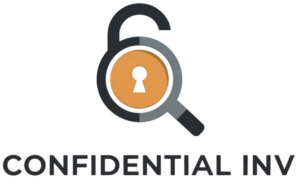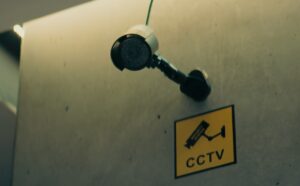Security gadgets can seem overwhelming. A ton of options, plenty of features, and a wide range of price tags.
As someone who’s spent years setting up cameras in offices, stores, and even a few living rooms, I’ve seen how a good security setup can offer peace of mind.
Let’s look at some popular CCTV systems in detail, chat about pricing, and figure out which ones suit specific needs. Each type has a distinct vibe, so a close look at real-world uses can help you choose wisely.
1. IP CCTV Cameras (Internet Protocol)
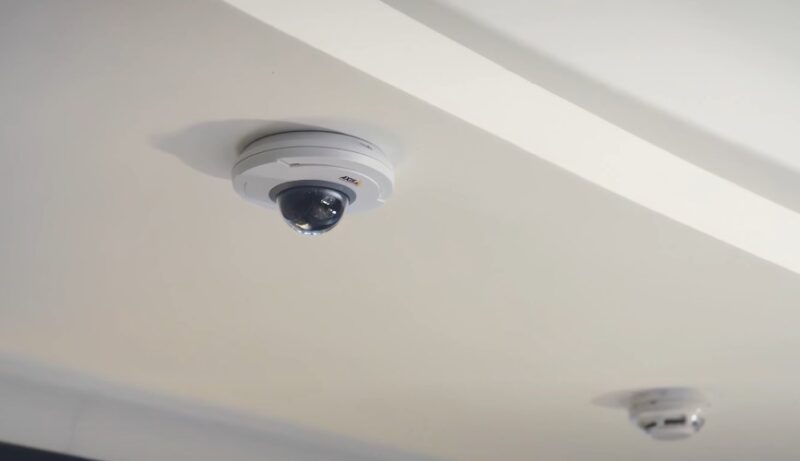
- Digital image capture transmitted through the internet
- Connect with NVRs for footage archiving
- Crisp HD and even 4K options
- Smart extras like motion alerts, two-way audio, and off-site cloud backups
Why They Shine
IP cameras are a rock-solid pick for places that demand top-notch clarity. A retail shop might need to catch small details like stray price tags or swift moves at the cash counter.
Corporate lobbies typically use them to keep an eye on every person who crosses the threshold. An added bonus? Owners can pull up live footage from an app while sipping coffee on a beach far away.
Cost Overview
Expect a moderate to high price range. Many start around 100 bucks per camera, but that can go up when you opt for 4K resolution or if you need advanced AI features.
2. Wireless CCTV Cameras
- Connection happens over Wi-Fi instead of older-school cables
- Much simpler installation, often done by amateurs
- Easy access to feeds via smartphone apps or cloud platforms
Why They Shine
Ideal for individuals who are renting or people who don’t want to drill holes in walls. Small cafés or pop-up shops might also appreciate the portability.
No need for a big wiring job—just plug in, connect to the network, and you’re rolling.
Cost Overview
Entry-level models come in around 50 dollars, often enough for basic day-to-day monitoring. Higher-end designs might offer night vision or AI-based person detection, pushing the price into the 200-dollar range or more.
3. HD Surveillance Cameras

- High resolution that goes from 1080p all the way to 4K
- Detailed visuals, making it easier to identify faces and license plates
- Better low-light performance than older analog setups
Why They Shine
Picture crisp footage in a fast-paced grocery line or a busy medical reception area—HD cameras capture the subtle details that less powerful systems might miss.
They do wonders for clarity around entrances, cashier counters, and anywhere else you need a tight eye on movements.
Cost Overview
A mid-tier HD camera at 1080p might run around 70 bucks. Systems with 4K resolution can be pricier, but the difference in clarity sometimes justifies the investment.
Multi-camera kits tend to bring per-camera cost down a bit.
4. PTZ Cameras (Pan-Tilt-Zoom)
- Capable of rotating horizontally and vertically
- Zoom in on details for dynamic surveillance
- Often let you control movement in real time through an app or a joystick console
Why They Shine
Large parking lots, sports arenas, or college campuses tend to favor PTZ cameras. You can cover multiple angles without adding more devices.
They’re a great choice when activity shifts frequently, like in a busy warehouse or at a multi-exit facility.
Cost Overview
Prices start around 200 bucks for simpler models. If you’re eyeing premium motorized ones with advanced tracking AI, costs can pass a thousand bucks.
That might sound steep, but a single PTZ could do the job of multiple static cameras.
5. Infrared Night Vision Cameras
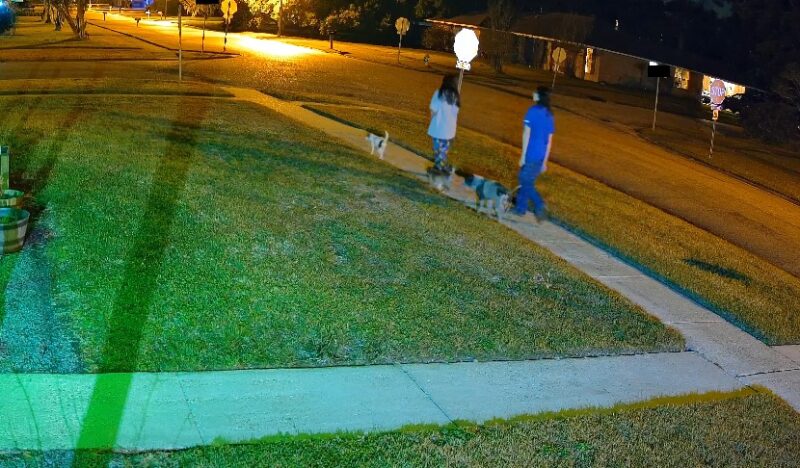
- Fitted with IR LEDs for complete darkness coverage
- Often include motion alerts for after-hours security
- Keeps watch in pitch-black alleys or distant backyards
Why They Shine
Great for 24/7 monitoring, especially outdoors. Dark corners of a property, side alleys behind restaurants, or large storage facilities often face break-in attempts at night.
IR cameras catch sneaky movements, even if streetlights are out.
Cost Overview
A solid entry-level option might start around 60 dollars. Longer-range or higher-res devices can climb beyond 300, especially for robust outdoor models that handle severe weather.
6. Day/Night CCTV Cameras
- Automatic switch from full-color to black-and-white
- Seamless adaptation to changing light conditions
- Doesn’t require the user to fumble with settings
Why They Shine
Busy commercial spaces with windows that flood in sunlight might morph into dimly lit zones after closing hours.
A day/night model offers strong coverage under bright or faint light. It works well in public lobbies and offices that see variable lighting.
Cost Overview
Look for options in the 70 to 250 dollar bracket. Some mid-range models have advanced image sensors that deliver better clarity when lighting is poor.
7. Dome Cameras

- Encased in vandal-resistant housings
- Low-profile design for a subtle presence
- Often come with wide-angle lenses for broad coverage
Why They Shine
They’re a perfect fit for shopping centers, fancy eateries, or hotel lobbies. The dome shape hides the direction the lens is pointing, which can deter tampering.
Plus, they blend nicely into ceilings, making them less intrusive than old-fashioned box cameras.
Cost Overview
Typically between 50 and 150 dollars per camera, but a dome with PTZ or IR features can tip the scales higher. The sleek design and protective housing can add to the final price.
8. Bullet Cameras
- Extended range for monitoring driveways or fences
- Straightforward to aim at a specific location
- Often visually prominent, acting as a deterrent
Why They Shine
Picture a long driveway leading up to a remote cabin, or a perimeter fence around a commercial warehouse.
A bullet camera is built for that job, as many models come in weather-resistant bodies. Solid choice for places needing a robust presence that warns off potential intruders.
Cost Overview
Basic models might be 40 dollars, while advanced weatherproof versions with higher resolution or built-in heaters can cost 250 or more.
The budget-friendly options are still decent but may need to be replaced sooner in harsh conditions.
9. C-Mount Cameras
- Lenses can be swapped out for variable range and coverage
- Bulkier, more industrial look
- Suited to challenging environments and temperature extremes
Why They Shine
Factories, loading docks, or parking decks can benefit greatly from the flexibility offered by C-mount cameras.
When coverage requirements change—say, you need a wide lens for a big open floor, then a narrower lens for a corridor—no need to swap out the entire camera, just change the lens.
Cost Overview
Often priced between 150 and 500 dollars. Rugged, industrial-grade builds and specialized lenses push up the price. For a location with extreme conditions (heat, dust, or vibrations), C-mount cameras earn their keep.
10. Miniature (Covert) Cameras
- Super small form factor for discreet placement
- May be integrated into hidden objects (e.g., clocks, smoke detectors, and other fire alarm systems)
- Frequently used for undercover surveillance
Why They Shine
Ideal for low-key monitoring, such as watching employee behavior in sensitive areas. Sometimes used by investigators looking to gather evidence without drawing attention.
One caveat: they’re generally indoor-only, as weatherproofing is rare in micro-sized enclosures.
Cost Overview
Start at around 25 dollars for bare-bones models. Prices soar to 150 or more when you need enhanced resolution or better concealment. The more covert it is, the pricier it might get.
Key Factors in Selecting a System
View this post on Instagram
1. Sensor Quality
Larger sensors tend to produce superior images in dim settings. That can be crucial for dark corridors or after-hours monitoring.
2. Lens Style
Varifocal lenses offer adjustable zoom without sacrificing clarity. That’s super handy if you need to shift the camera’s focus area down the road.
3. Resolution
HD (1080p or above) is recommended for capturing finer details like faces or license plates. If your priority is general oversight, a lower resolution might suffice.
4. Installation Requirements
Wireless options provide fast setup and fewer cables. Wired solutions can be more reliable, though they involve more complex installation.
5. Software Compatibility
Be sure to confirm that the system works with the app or cloud service you prefer. Some cameras integrate with home assistants or other security gear, which can add huge convenience.
Handy Industry-Based Suggestions
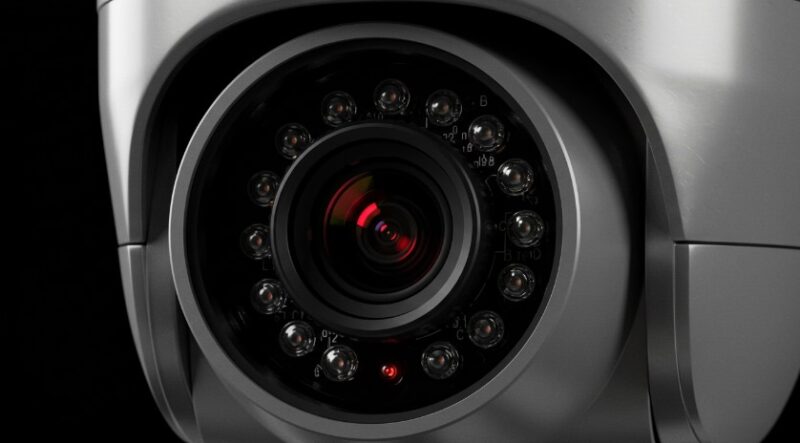
A single approach won’t suit every type of business. Here’s a quick reference chart that might come in handy:
| Industry | Preferred CCTV Types | Security Goals |
| Retail | IP, HD, Dome | Prevent shoplifting, track customer flow |
| Healthcare | HD, Privacy-Focused Models | Ensure patient protection, comply with regulations |
| Manufacturing | C-Mount, Thermal, PTZ | Keep an eye on machinery, catch hazards early |
| Government | IP, Cameras with Access Control Options | Oversee sensitive areas and major public zones |
| Hospitality | 360° Coverage, Night Vision | Watch hotel lobbies, monitor hallways around the clock |
| Education | PTZ Cameras | Secure school grounds, watch entry points |
Others do well with a straightforward 1080p camera. Always review your specific objectives: is it theft prevention, ensuring employee safety, or simply keeping an eye on high-traffic zones?
Wrapping Up
Picking the right CCTV system doesn’t have to be complicated. Each camera type has a sweet spot: some excel in flexible coverage, others in super-clear resolution or night vision.
A match between property needs and budget is what brings reliable security in the long run. An eager DIY spirit may set up a wireless kit for a cozy apartment, while a big corporate campus might need advanced PTZs and robust analytics.
It’s all about finding an option that feels like a perfect fit rather than just grabbing the flashiest one on the shelf.
Once it’s up and running, you’ll get that feeling of relief, knowing your space is watched over. That sense of safety can be priceless. After all, security isn’t just about fancy cameras—it’s about protecting what matters most in your world.
